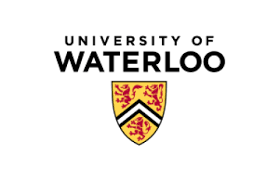A Watermark for Auto-Regressive Image Generation Models
The rapid evolution of image generation models has revolutionized visual content creation, enabling the synthesis of highly realistic and contextually accurate images for diverse applications. However, the potential for misuse, such as deepfake generation, image based phishing attacks, and fabrication of misleading visual evidence, underscores the need for robust authenticity verification mechanisms. While traditional statistical watermarking techniques have proven effective for autoregressive language models, their direct adaptation to image generation models encounters significant challenges due to a phenomenon we term retokenization mismatch, a disparity between original and retokenized sequences during the image generation process. To overcome this limitation, we propose C-reweight, a novel, distortion-free watermarking method explicitly designed for image generation models. By leveraging a clustering-based strategy that treats tokens within the same cluster equivalently, C-reweight mitigates retokenization mismatch while preserving image fidelity. Extensive evaluations on leading image generation platforms reveal that C-reweight not only maintains the visual quality of generated images but also improves detectability over existing distortion-free watermarking techniques, setting a new standard for secure and trustworthy image synthesis.


